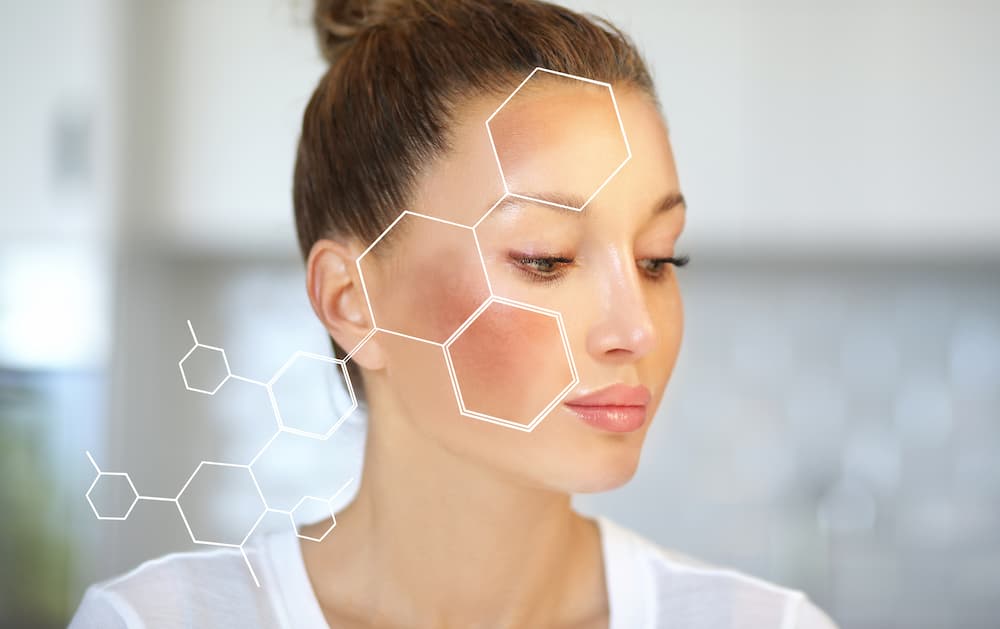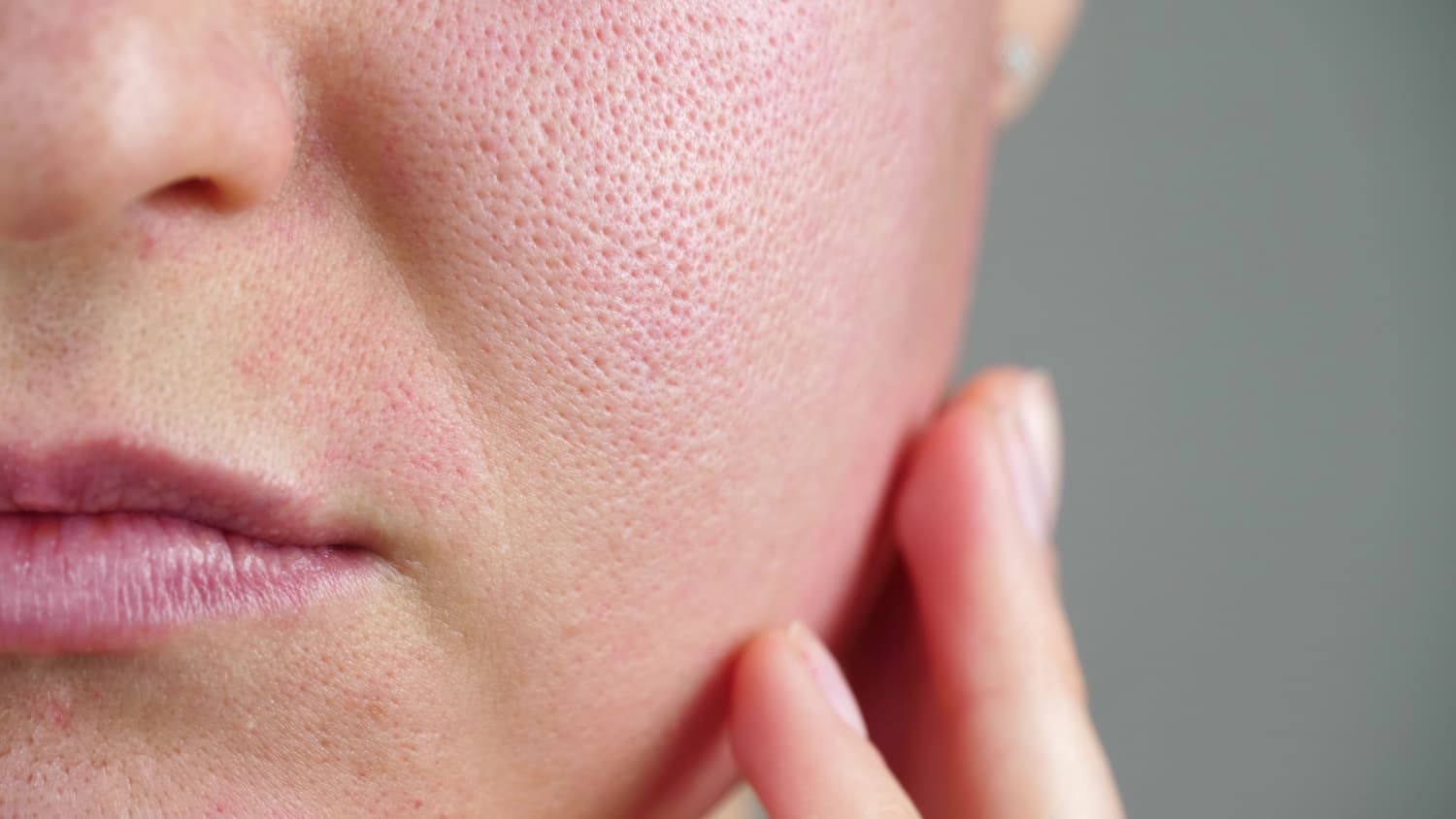Melasma is a common skin condition characterized by the appearance of dark, discolored patches on the face. This skin problem can affect anyone, but it is more prevalent in women and individuals with darker skin tones.
If you think you may have melasma symptoms, understanding the different melasma types can be a helpful first step toward the right treatment.
What are the Different Types of Melasma?
There are three basic forms of melasma, each one suited to a specific course of treatment.
Epidermal Melasma
The first type of melasma is epidermal melasma. This form of the condition affects the top layer of the skin, known as the epidermis. In epidermal melasma, the melanocytes (pigment-producing cells) in the skin produce excess melanin, forming dark patches on the face. The increased pigmentation in this type of melasma typically appears brown in color and is relatively uniform.
Epidermal melasma is often more responsive to treatment, as the pigmentation is present in the outermost layer of the skin. Topical creams, chemical peels, and other superficial treatments can effectively target and reduce the appearance of epidermal melasma.
Dermal Melasma
Dermal melasma, the second type, affects the deeper layer of the skin, called the dermis. In dermal melasma, the excess pigmentation is caused by the accumulation of melanophages, which are cells that absorb and store melanin. This type of melasma is typically more persistent and challenging to treat, as the pigmentation is located deeper within the skin.
The patches of discoloration in dermal melasma often appear bluish-gray or grayish-brown. Because the pigmentation is embedded in the dermis, treatments for dermal melasma often require more aggressive approaches, such as laser therapy or micro-needling.
Mixed Melasma
Mixed melasma is the third and most common type of melasma, characterized by a combination of both epidermal and dermal melasma. In this case, the skin discoloration results from excess melanin production in both the epidermis and the dermis. The patches of mixed melasma can appear as a mixture of brown, gray, and bluish-gray hues.
Due to its dual nature, treating mixed melasma may require a combination of treatment approaches to target the condition’s epidermal and dermal components. This can include a blend of topical treatments, chemical peels, and more intensive procedures like laser therapy or micro-needling.
What Causes Melasma?
Although the exact causes of melasma on the face are not entirely understood, several factors have been identified as potential triggers. These include:
- Hormonal fluctuations (such as during pregnancy or while using oral contraceptives): The condition is more common in women, especially during pregnancy, when increased levels of estrogen, progesterone, and melanocyte-stimulating hormone (MSH) can stimulate melanin production. This type of melasma, known as chloasma or the “mask of pregnancy,” typically resolves after giving birth. However, for some individuals, the discoloration may persist.
- Sun exposure: Sun exposure is a significant factor in melasma development, as ultraviolet (UV) radiation stimulates melanocytes to produce more melanin. Even brief exposure to sunlight can exacerbate the condition, making sun protection a crucial aspect of melasma prevention and treatment.
- Genetic predisposition: Genetics play a role in melasma susceptibility, with a family history of the condition increasing the likelihood of developing it.
- Certain medications can cause photosensitivity and increase the risk of developing melasma.
How to Treat Melasma
Treating melasma begins with a proper diagnosis from a dermatologist, who will identify the type of melasma and develop a tailored treatment plan. Melasma treatments generally include topical creams (such as hydroquinone or other lightening agents), chemical peels, microdermabrasion, laser therapy, and micro-needling. It is essential to combine these treatments with diligent sun protection, as sun exposure can worsen melasma symptoms.
Professional Melasma Treatment in Phoenix
Melasma can be a frustrating issue, but there are treatments that can help. Affiliated Dermatology offers top-of-the-line technology to treat melasma with the Picocare Majesty. Schedule a consultation at one of our dermatology offices in the Valley to learn more about the best options for you.
Image Source: VLG / Shutterstock






